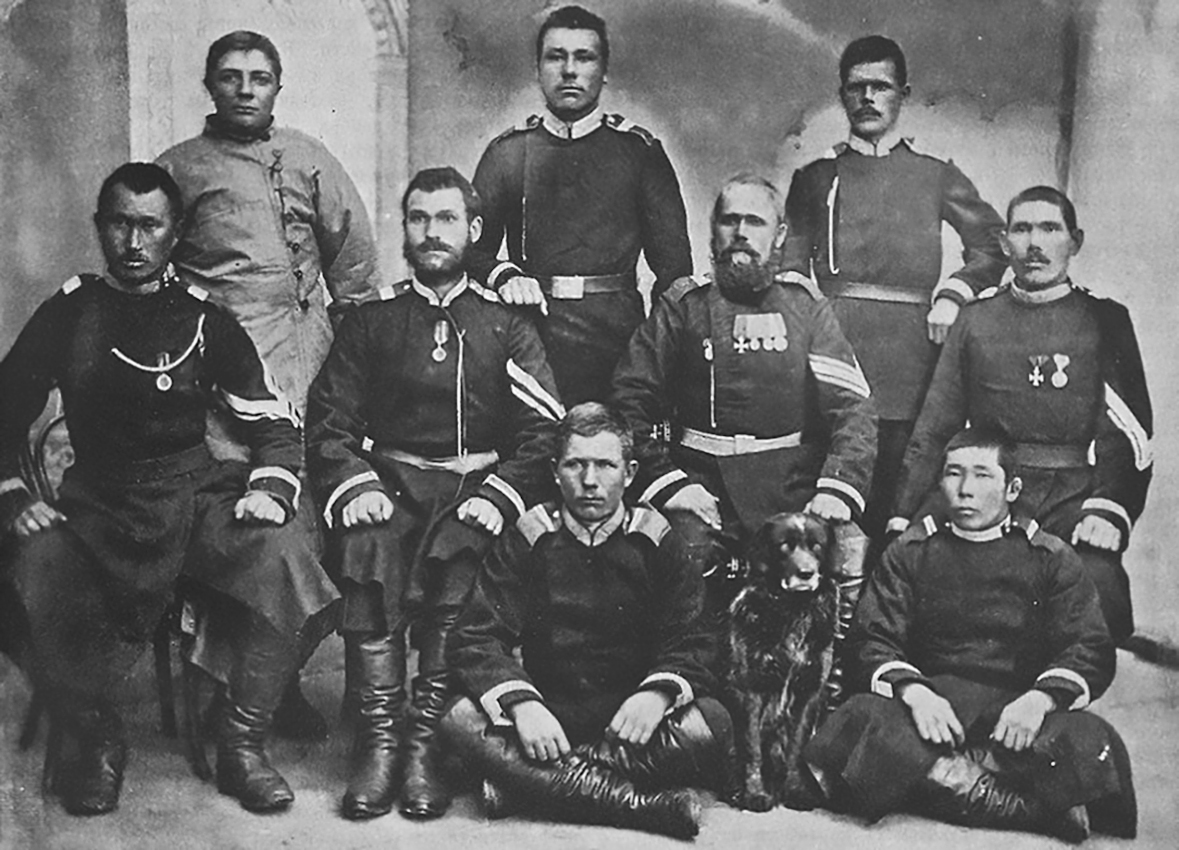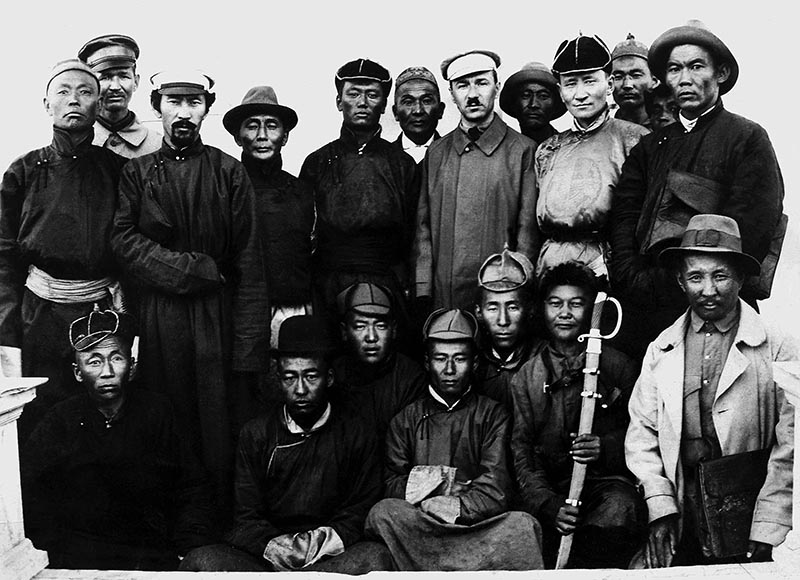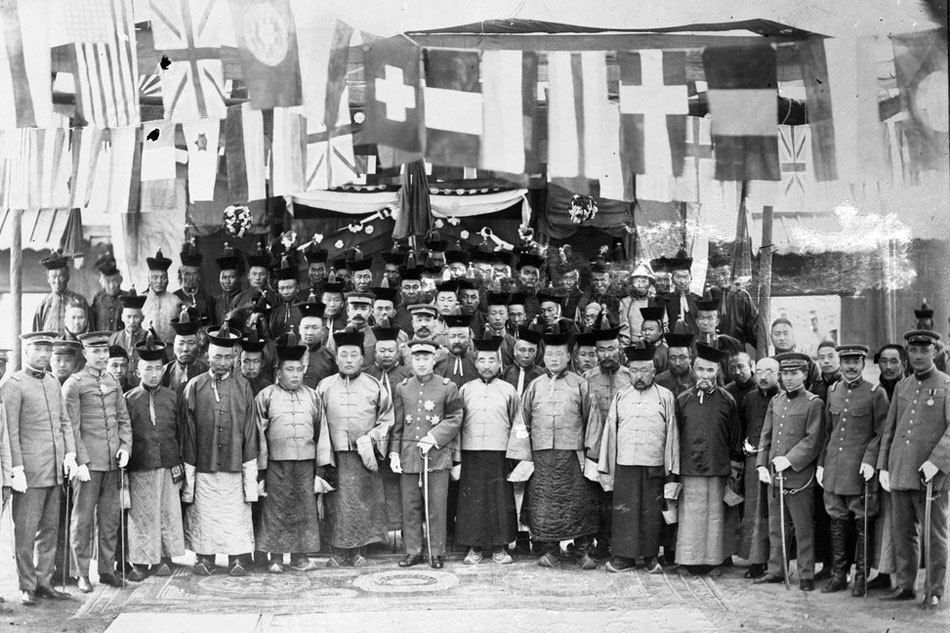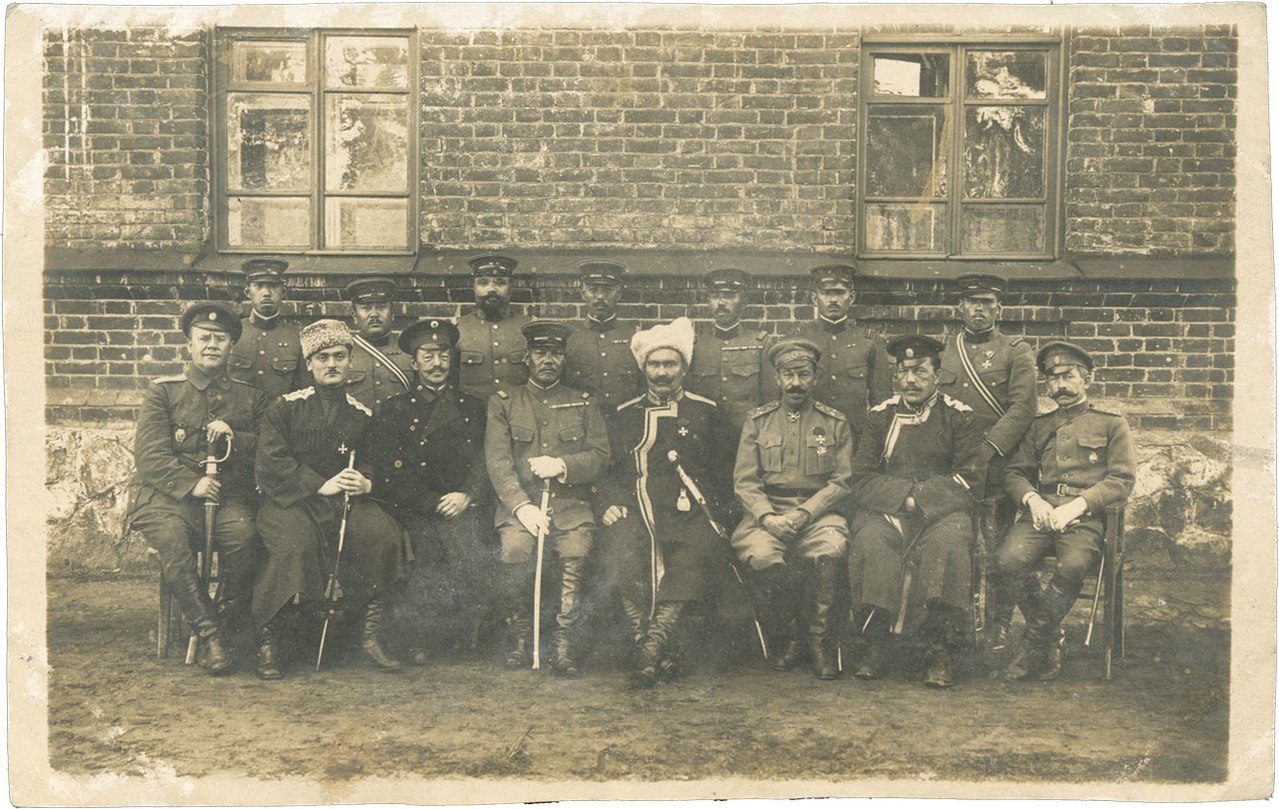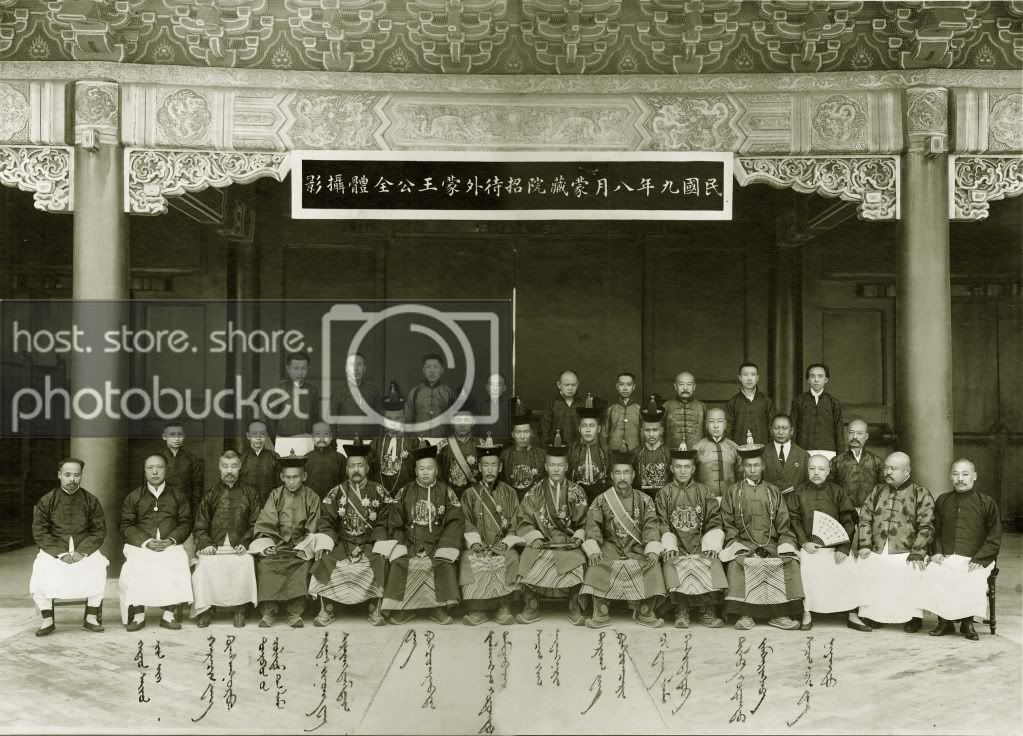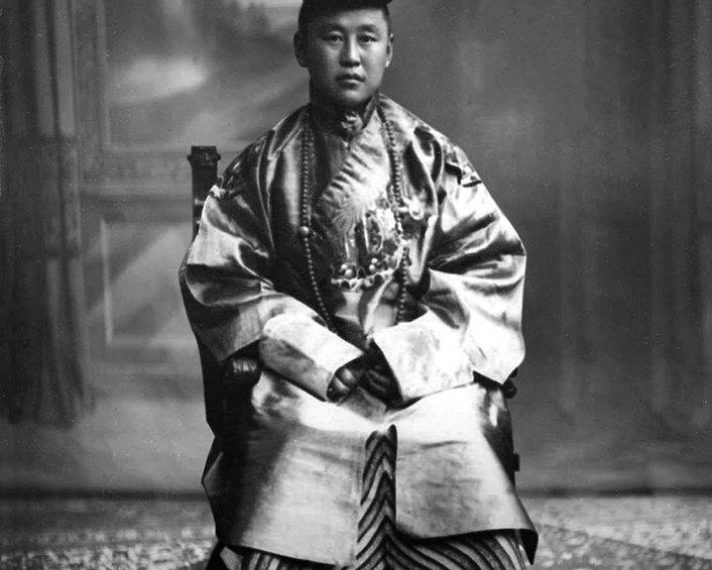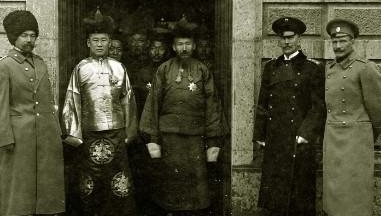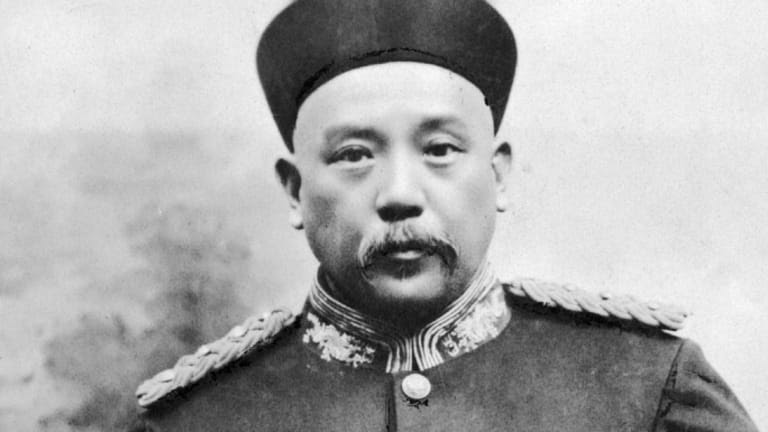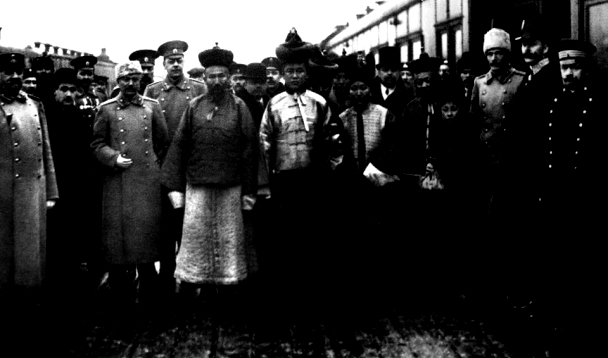On August 25, 1921, an organization called the Union of Young Revolutionaries (Boshgyg Halah Zaluuchuudyn Evlel) was set up in Ulaanbaatar. One of its key figures was Choibalsan. The Soviets, not long before, had given a similar name to a Chinese youth terrorist organization and the Mongolian version was a direct translation of the ideas […]
